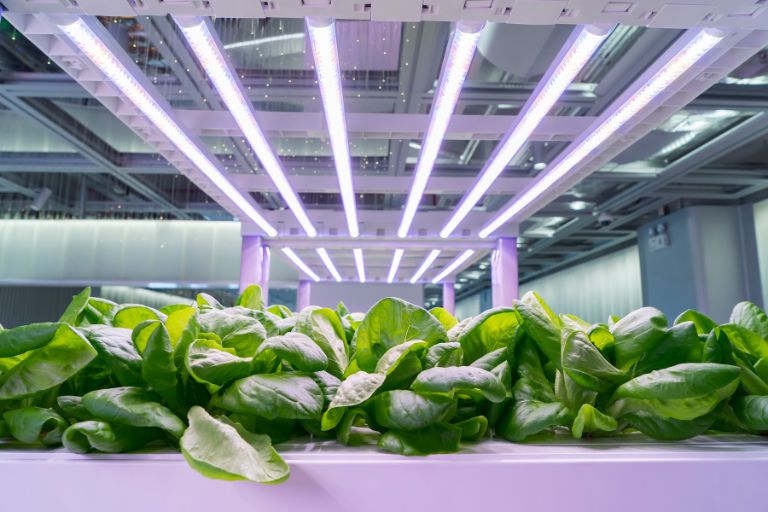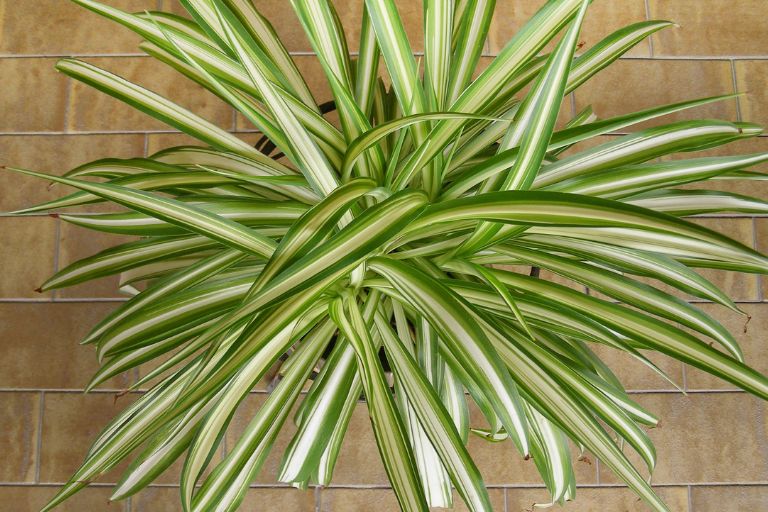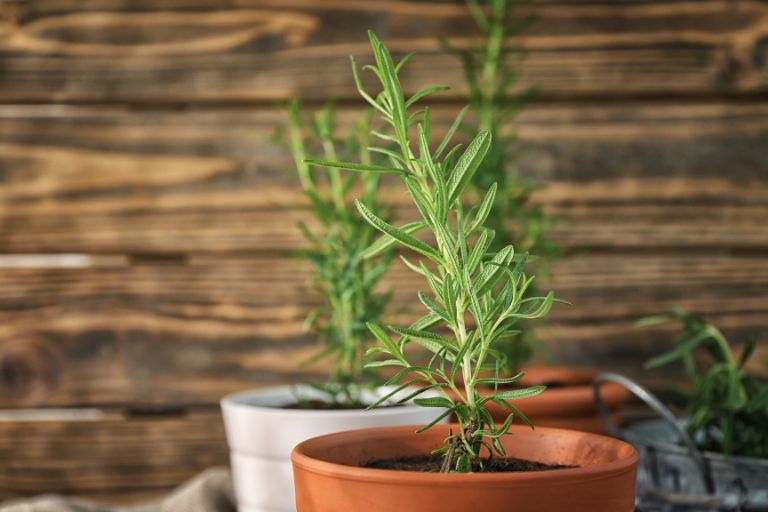Fungi Haven: A Beginner’s Guide to Successful Mushroom Cultivation in Your Garage

Garage mushroom growing is becoming increasingly popular among home gardeners and food enthusiasts. With a growing interest in organic and sustainable food sources, more and more people are turning to growing their own mushrooms at home. The garage provides a controlled environment where you can easily create the ideal conditions for growing different types of mushrooms. This method of cultivation is not only cost effective but also environmentally friendly as it eliminates the need to transport mushrooms from distant locations. With the right tools, equipment and knowledge, growing mushrooms in your garage can be a fun and rewarding experience that provides a sustainable source of food all year round. In this article, we will explore the benefits of garage mushroom growing, the tools and equipment you will need, the steps involved in the growing process, and tips for troubleshooting common problems.
Introduction to Mushroom Cultivation
Mushroom cultivation is the process of growing mushrooms for consumption or commercial purposes. There are many different types of mushroom that can be grown at home, such as oyster, shiitake and button mushrooms. Each type of mushroom has its own growth requirements and flavour profile, so it is important to choose the right type for your needs. Growing your own mushrooms has many benefits, including having a fresh and organic food source, saving money on groceries and reducing your carbon footprint. To grow mushrooms at home, you’ll need specific tools and equipment such as a growing container, substrate, spawn and environmental controls for temperature, humidity and light. With the right knowledge, anyone can successfully grow mushrooms in their own garage or home.
There are several advantages to growing mushrooms in your garage. These include:
Controlled environment – The garage provides a controlled environment where you can easily adjust the temperature, humidity and light to create the ideal growing conditions for your mushrooms.
Easy access to power and water – The garage usually has easy access to electricity and water, which is essential for providing the necessary environmental controls and watering the growing containers.
Space for multiple growing trays – The garage provides ample space for multiple growing trays, allowing you to grow a greater quantity and variety of mushrooms at one time.
Protection from pests and contamination – The garage provides a safe and protected environment for your mushrooms, shielding them from pests and other contaminants that can damage or destroy your crop.
Cost effective – Growing mushrooms in your garage is a cost-effective way of producing your own food, as you do not need to buy expensive mushrooms from the supermarket.
Preparing the Growing Space
Growing mushrooms in your garage is a convenient and sustainable way to produce your own fresh, organic mushrooms at home.
Below is a step-by-step guide to preparing your garage for mushroom growing:
Clean and disinfect the area – Before setting up your mushroom growing station in your garage, clean and disinfect the area thoroughly. Use a broom or vacuum cleaner to remove any debris or dirt from the floor, walls and ceiling. Then use a disinfectant solution to sanitise the area, paying particular attention to surfaces that will come into contact with the mushroom growing containers.
Create a suitable growing environment – Mushrooms need a specific environment to grow successfully. They thrive in humid, dark conditions with temperatures between 60 and 80°F. Install a humidifier to maintain the required humidity levels and use a heater or air conditioner to maintain the ideal temperature range. You can also use a grow light or LED light to simulate natural light conditions.
Choose the right containers – Mushrooms can be grown in a variety of containers, including bags, trays or jars. Choose a container that is appropriate for the type of mushroom you want to grow. For example, oyster mushrooms grow well in plastic bags filled with straw, while shiitake mushrooms require hardwood logs or blocks of sawdust.
Prepare the substrate – The substrate is the material in which the mushroom spores are planted. The substrate can vary depending on the type of mushroom, but usually includes materials such as sawdust, straw or compost. Follow the instructions for preparing the substrate and sterilise it by boiling or pasteurising.
Inoculate the substrate with spawn – Spawn is a mixture of mushroom spores and a growth medium used to inoculate the substrate. You can buy spawn from a supplier or make your own from a sterile culture of fungal spores. Inoculate the substrate with the spawn by mixing it thoroughly into the substrate.
Inoculate the substrate with spawn – Spawn is a mixture of mushroom spores and a growth medium used to inoculate the substrate. You can buy spawn from a supplier or make your own from a sterile culture of fungal spores. Inoculate the substrate with the spawn by mixing it thoroughly into the substrate.
Monitor the growing conditions – Once you have set up the growing containers, monitor the temperature, humidity and light levels regularly. Water the substrate as necessary to maintain the required moisture levels and remove any dirt or mould that may appear on the substrate.
Follow these steps and you can successfully prepare your garage for mushroom growing and enjoy the benefits of having fresh, organic mushrooms at home.
Choosing the Right Mushroom Species
There are several types of mushrooms that are suitable for growing in the garage, each with its own growing requirements and advantages and disadvantages. Here are some of the more popular varieties:
Oyster mushrooms – Oyster mushrooms are a great option for beginners as they are relatively easy to grow and have a mild flavour that is popular in many dishes. They grow best in a substrate of straw, sawdust or coffee grounds and require high humidity of around 85-95%. Oyster mushrooms can be harvested in about 4-6 weeks and have a short shelf life of only 1-2 weeks.
Shiitake mushrooms – Shiitake mushrooms have a stronger flavour and meatier texture than oyster mushrooms and are a popular ingredient in Asian cuisine. They require a substrate of hardwood logs or sawdust blocks and prefer cooler temperatures of around 50-70°F. Shiitake mushrooms take longer to grow than oyster mushrooms, with a growing cycle of around 3-6 months, but can be harvested several times from the same log or block.
Button mushrooms – Button mushrooms are the most common type of mushroom found in grocery stores and have a mild, earthy flavour. They require a substrate of compost or manure and prefer a temperature range of 60-70°F with high humidity of around 85%. Button mushrooms have a shorter growing cycle of around 6-10 weeks and can be harvested several times from the same substrate.
Lion’s mane mushrooms – Lion’s mane mushrooms have a unique lobster-like flavour and texture, making them a popular ingredient in gourmet dishes. They require a substrate of hardwood sawdust or grain and prefer cooler temperatures of around 55-65°F with high humidity of around 85%. Lion’s mane mushrooms have a longer growing cycle of around 3-6 months, but can be harvested several times from the same substrate.
Each mushroom species has its own unique flavour profile and growth requirements. Choose the right species for your needs and create the ideal growing conditions and you can successfully grow a variety of mushrooms in your garage.

Steps for Mushroom Cultivation
Below is a detailed guide to growing mushrooms in your garage:
Prepare the growing medium – The first step in growing mushrooms is to prepare the growing medium or substrate. The substrate is the material in which the mushrooms will grow. The type of substrate you use will depend on the type of mushroom you want to grow. Common substrates include straw, sawdust, hardwood logs or compost. To prepare the substrate, it should be sterilised or pasteurised to kill off any unwanted bacteria or fungi that might compete with the mushroom mycelium. Depending on the substrate, you can either boil it or use a pressure cooker.
Inoculate the substrate – Once the substrate has cooled, it is time to inoculate it with mushroom spores or mycelium. Mushroom spores can be bought from a reputable supplier, or you can start your own culture with spores you’ve collected from wild mushrooms. The mycelium is the vegetative part of the fungus that will grow into the mushrooms. You can buy pre-inoculated spawn or use a sterilised syringe to inject the spores into the substrate.
Incubate the substrate – Once the substrate has been inoculated, it is time to incubate. Incubation is the process of allowing the mycelium to colonise the substrate. You should store the inoculated substrate in a clean and dark area with a temperature between 60-80°F and a high humidity of around 85-95%. You should also ensure that the substrate is protected from contaminants and pests.
Provide fresh air and light – After a few weeks, the mycelium should have completely colonised the substrate and it is time to introduce fresh air and light to encourage the development of fruiting bodies. The fruiting bodies are the mushrooms themselves. You should make small holes or slits in the substrate bag or container to allow air to circulate. You should also place the container near a source of natural or artificial light.
Harvest the mushrooms – As the mushrooms grow, they will mature and be ready for harvesting. Different mushroom species have different growing times and it is important to check the guidelines for the specific species you are growing. The mushrooms should be picked when they are fully ripe but not fully open. To harvest the mushrooms, twist or cut them carefully from the substrate.
Repeat the cycle – After harvesting the mushrooms, the substrate can be reused to grow more mushrooms. Depending on the type of substrate, it may need to be sterilised again before reuse. You can repeat the cycle of substrate preparation, inoculation, incubation and mushroom harvesting to enjoy a constant supply of fresh and organic mushrooms.
All in all, mushroom growing can be a rewarding and fulfilling hobby that can be done in the comfort of your garage. With the right substrate, spores or mycelium and growing conditions, you can successfully grow a variety of delicious and nutritious mushrooms.
Harvesting and Storage
Below are some best practices for harvesting and storing mushrooms:
Determine when the mushrooms are ready to harvest – Different mushroom species have different maturity levels and growing times. It is important to check the guidelines for the specific species you are growing to know when they are ready to harvest. As a general rule, you should pick the mushrooms when the caps are fully expanded, but before the gills underneath begin to release spores.
Picking the mushrooms properly – To harvest the mushrooms, you should carefully twist or cut them off the substrate. It is best to use a clean and sharp knife or scissors to avoid damaging the mycelium and the next crop of mushrooms. It is essential to wear gloves and avoid touching the mushrooms with bare hands as they can easily be bruised or contaminated.
Store mushrooms properly – After harvesting, it is best to store mushrooms properly to maintain their freshness and quality. The best way to store mushrooms is in a paper bag or in a container with a slightly open lid to allow air circulation. Do not store mushrooms in plastic bags as they can trap moisture and cause the mushrooms to spoil quickly. You can also wrap the mushrooms in a damp cloth or paper towel to keep them fresh.
Keep mushrooms dry – Mushrooms have a high moisture content and excess moisture can cause them to spoil quickly. After harvesting, it is important to remove any excess moisture from the mushrooms by gently wiping them with a damp cloth or paper towel. It is also important to avoid washing the mushrooms unless absolutely necessary, as this can introduce excess moisture.
Use the mushrooms quickly – Freshly harvested mushrooms are at their best in flavour and texture and it is best to use them within a few days. If you need to store them for longer, you can dry or freeze them. To dry the mushrooms, slice them thinly and place them in a single layer on a baking tray. Place the tray in a 150°F oven until the mushrooms are dry and brittle. To freeze, slice the mushrooms thinly and place in a single layer on a baking tray. Place the tray in the freezer until the mushrooms are frozen solid, then transfer to an airtight container or bag.
Follow these best practices and you can enjoy fresh and delicious home-grown mushrooms for longer.
Common Issues
Growing mushrooms requires a clean and sterile environment to avoid contamination, pests and diseases. Below are some solutions to common mushroom growing problems and prevention tips:
Contamination – Contamination is a common problem in mushroom growing and can be caused by bacteria, mould or other fungi. To prevent contamination, it is essential to maintain a clean and sterile environment. Wear gloves and a face mask when handling the substrate and use a disinfectant to clean all surfaces and tools. If contamination does occur, it is best to discard the contaminated substrate and start again.
Pests – Pests such as mites, flies and snails can damage mushrooms and reduce yields. To prevent pests, keep the growing area clean and free of debris. Use insect traps and natural pest control methods such as neem oil or diatomaceous earth to eliminate pests. Avoid using chemical pesticides as they can be harmful to both you and the mushrooms.
Diseases – Mushroom diseases can be caused by a number of factors, including improper growing conditions, contaminated substrate or poor ventilation. To prevent disease, maintain a clean and sterile environment, monitor growing conditions regularly and ensure adequate ventilation. If you notice any signs of disease, such as discolouration or abnormal growth, remove the affected mushrooms and substrate immediately.
Over-watering – Over-watering can lead to excess moisture and cause the mushrooms to rot or mould. To prevent over-watering, use a mist bottle to spray the substrate lightly and avoid pouring water directly onto the substrate. Monitor moisture levels regularly and adjust watering frequency accordingly.
Underdeveloped mushrooms – Underdeveloped mushrooms can be caused by improper growing conditions, such as insufficient light or low humidity. To prevent underdeveloped mushrooms, monitor growing conditions and adjust as necessary. Provide adequate light and humidity and ensure that the substrate is properly inoculated with spawn.
Follow these prevention tips and solutions and you can avoid common mushroom growing problems and increase your chances of success.
Garage mushroom growing is a fascinating and fulfilling hobby with many benefits. Not only does it provide a fresh, high quality product, but it is also a fun and educational experience. With a little preparation and guidance, anyone can successfully grow mushrooms in their garage. From preparing the garage for mushroom growing to choosing the right containers and growing the mushrooms, the step-by-step guide in this article can help you get started.
By growing mushrooms in the garage, you can enjoy fresh and healthy produce while reducing their environmental impact. It’s a great way to learn about mushrooms and the science of growing them, and can be a fun and rewarding activity for the whole family. So why not give mushroom growing a go in your garage? Who knows, you might just discover a new hobby and a new appreciation for the world of mushrooms.






